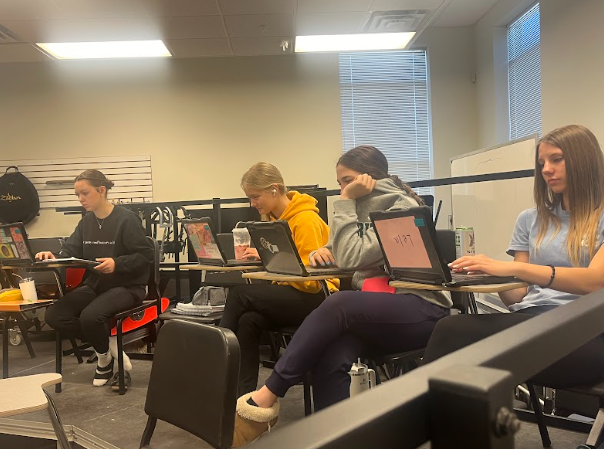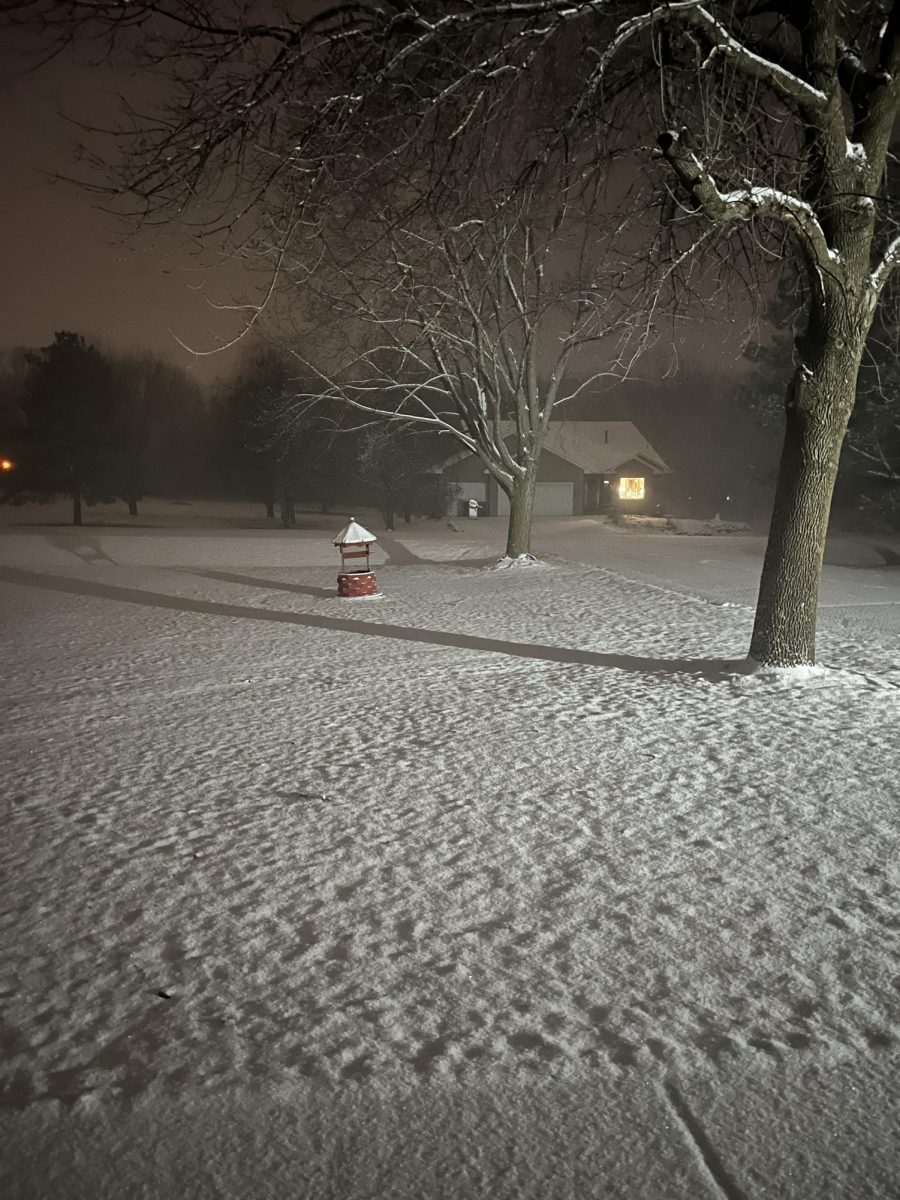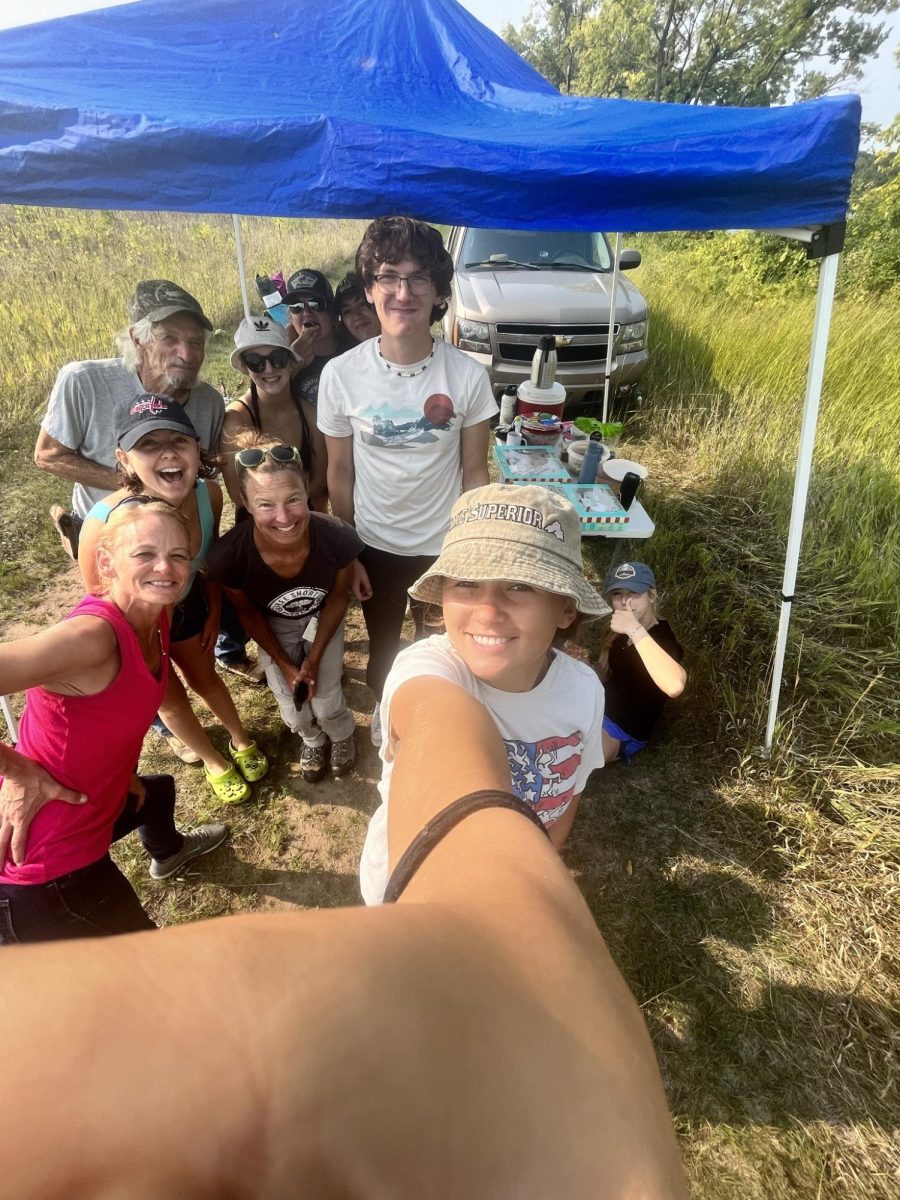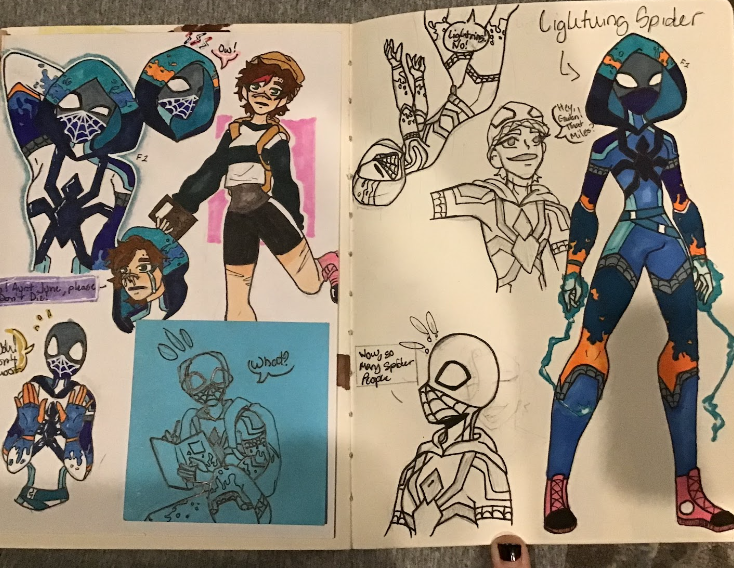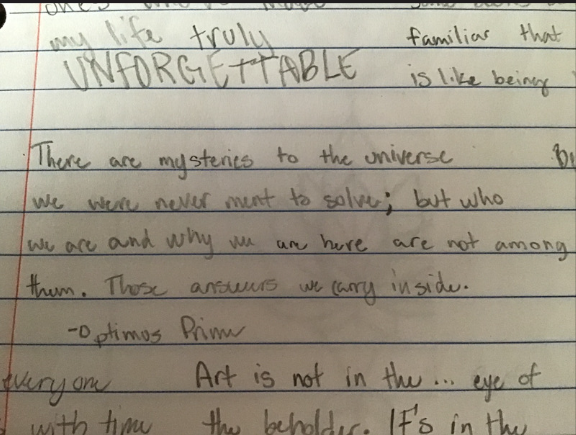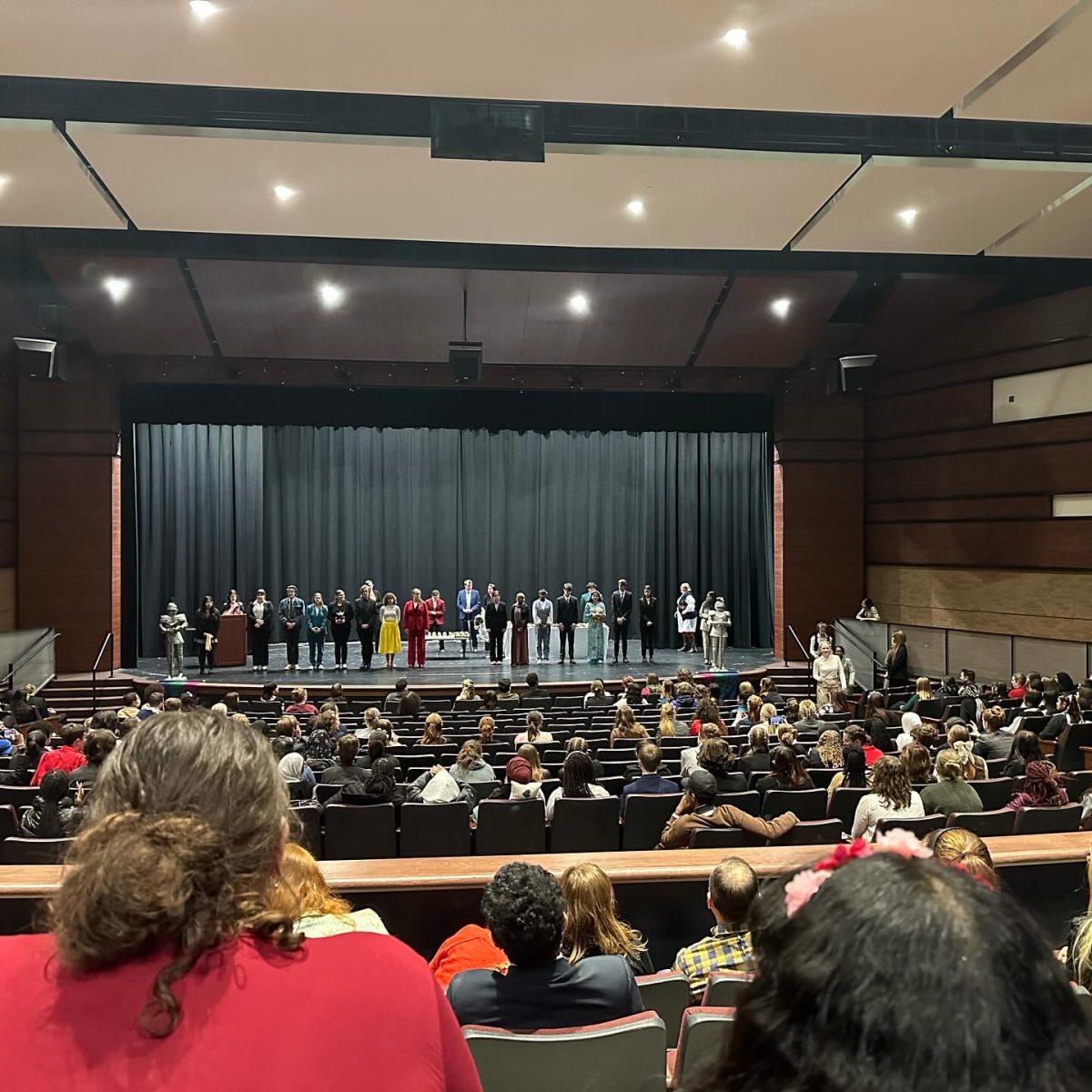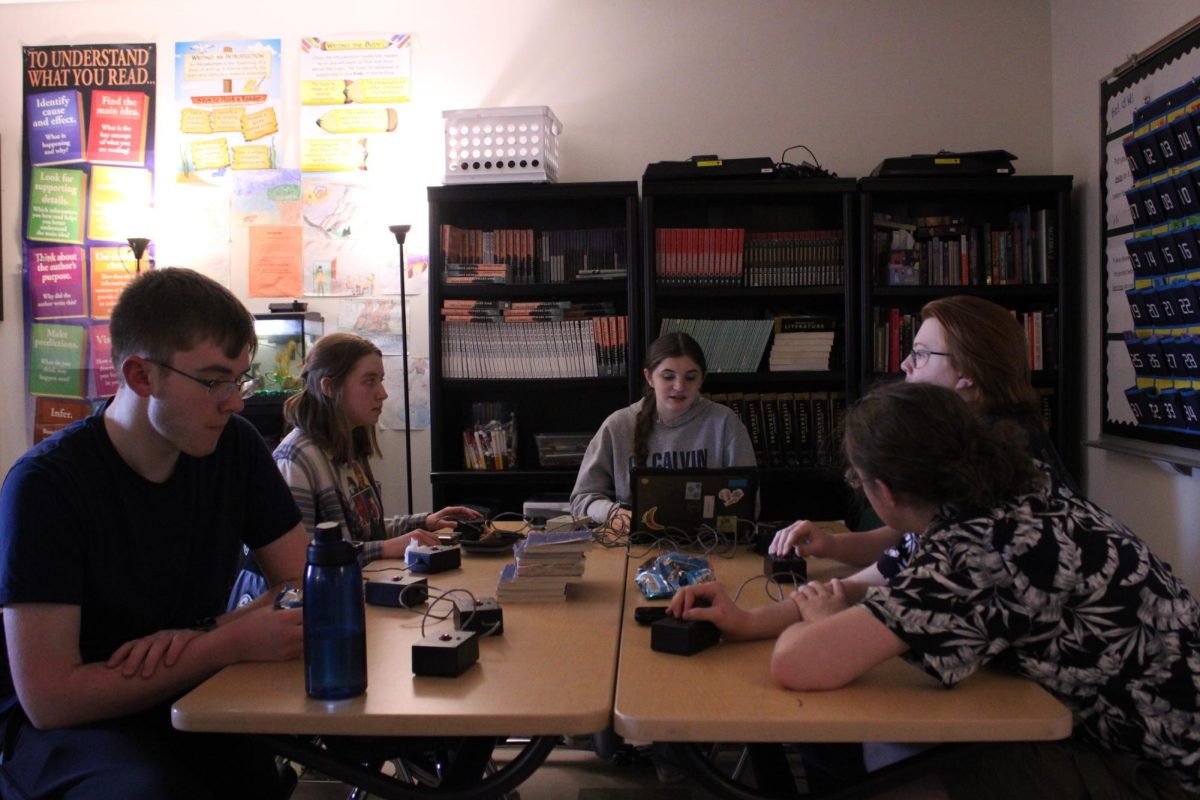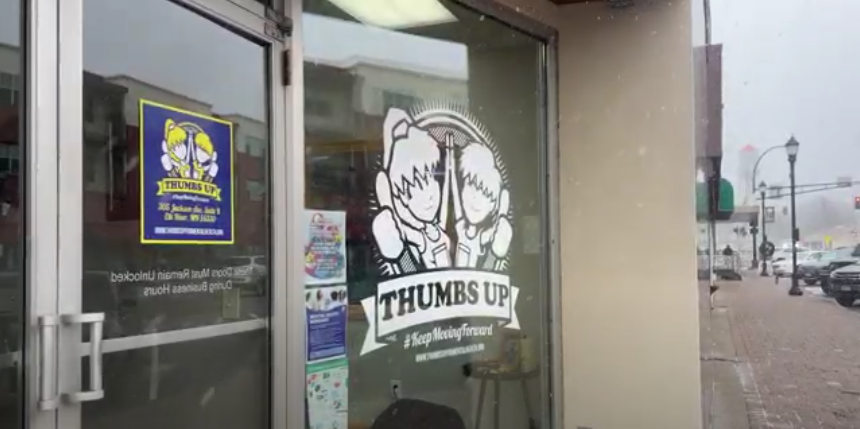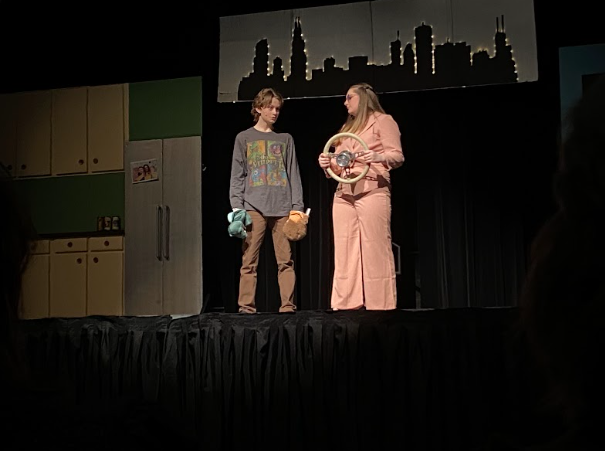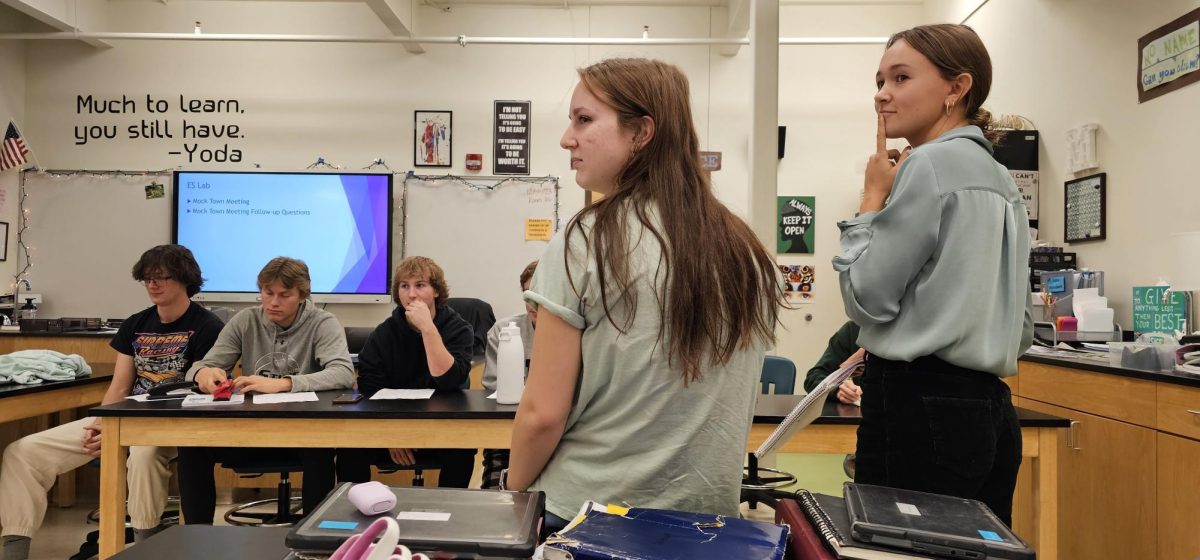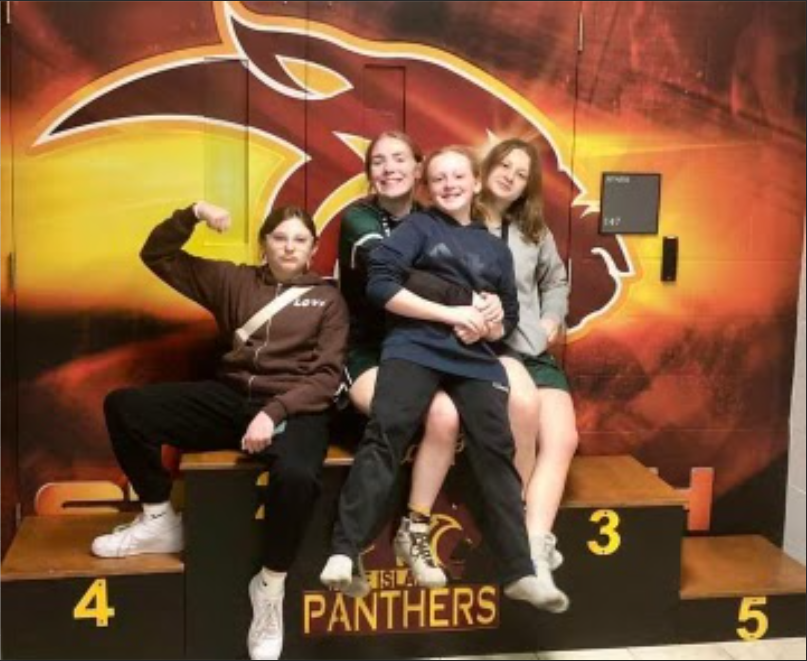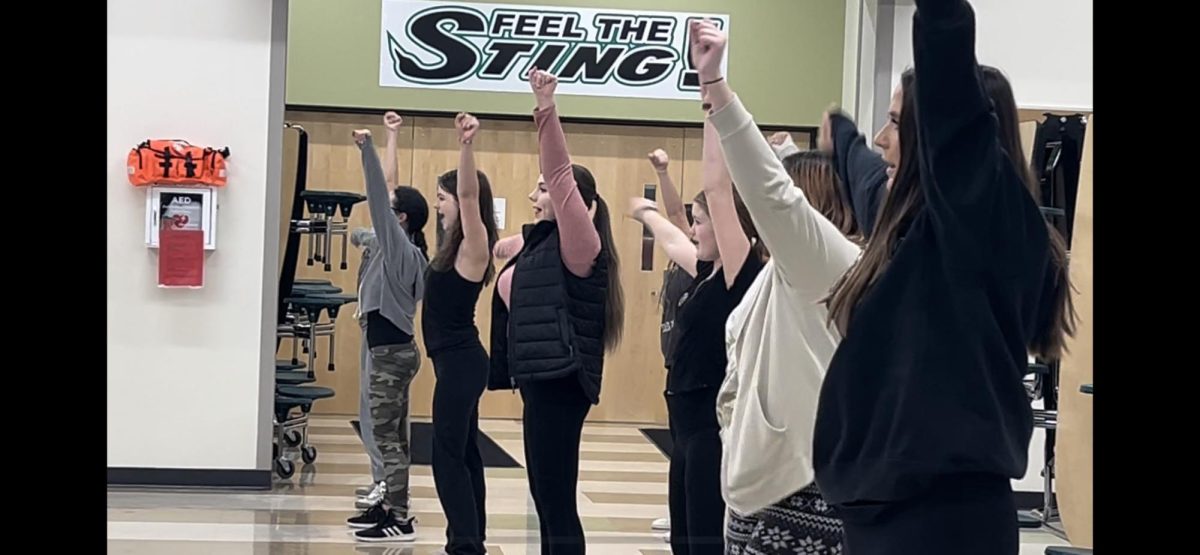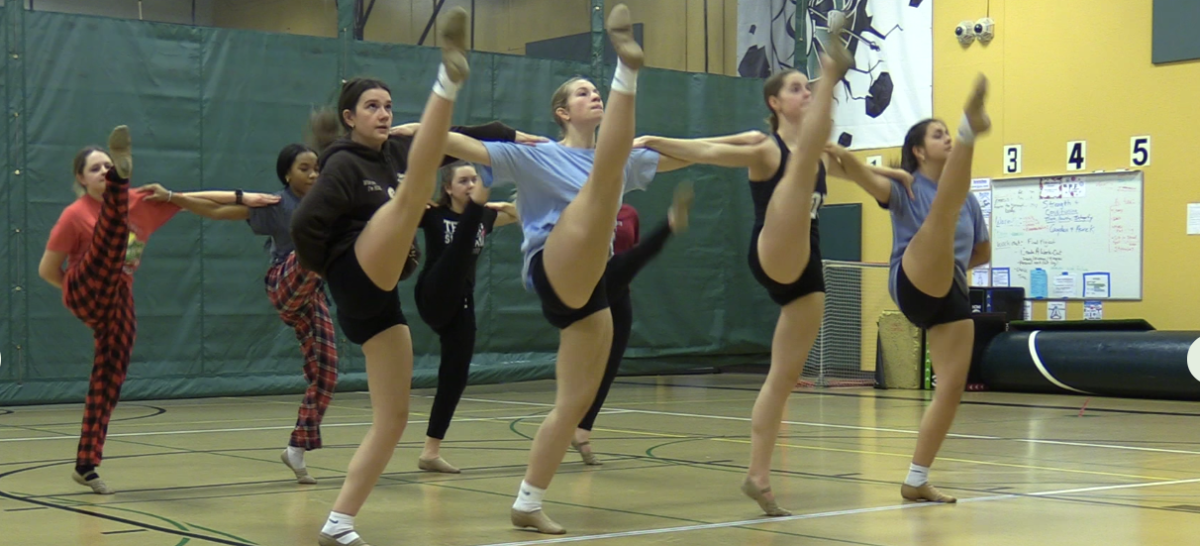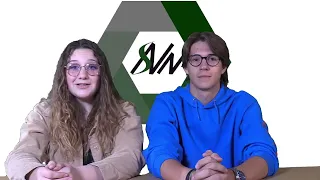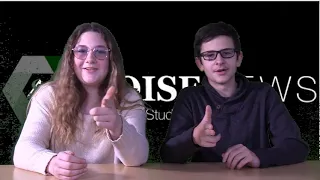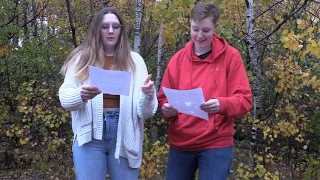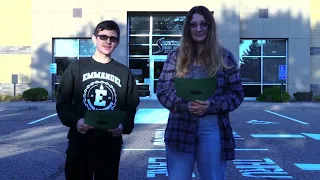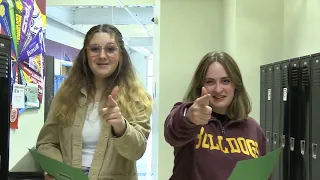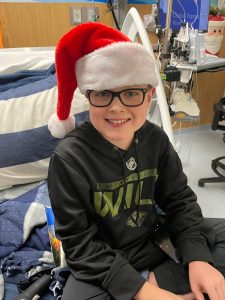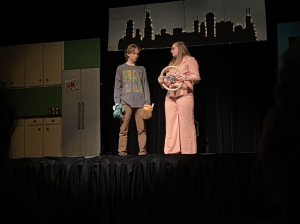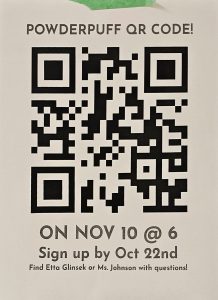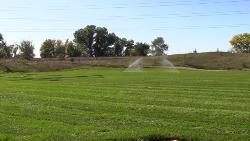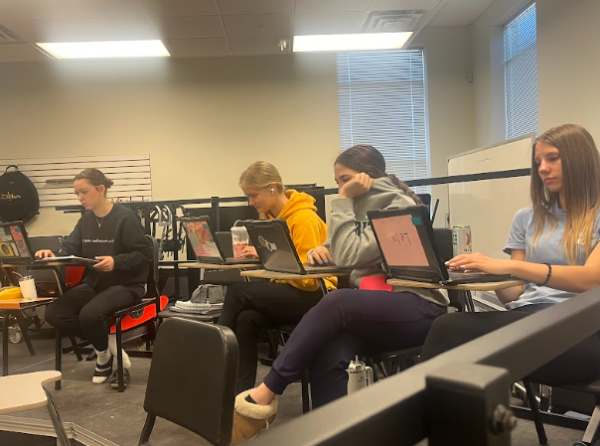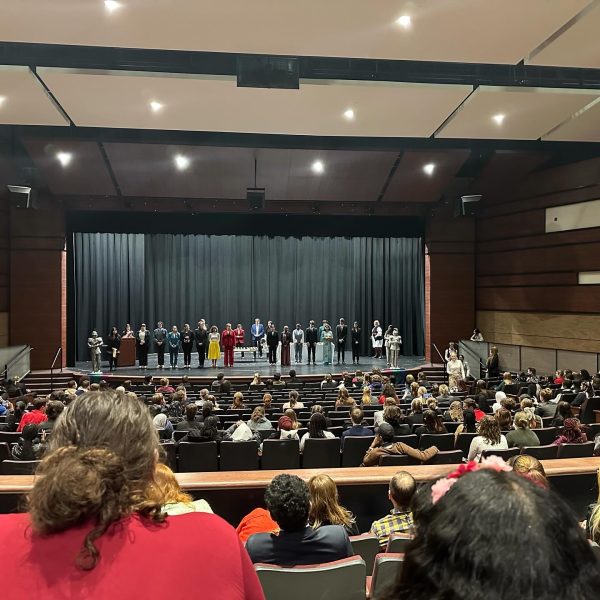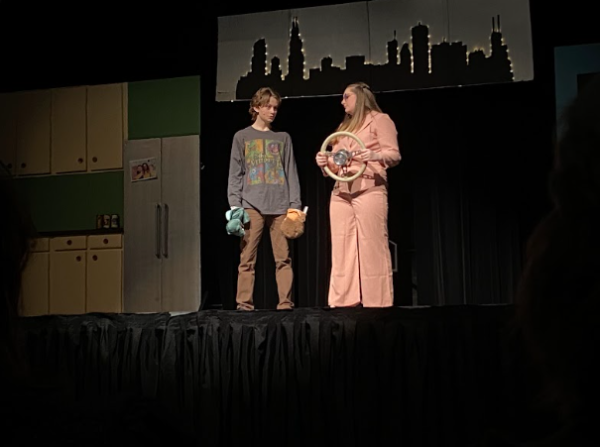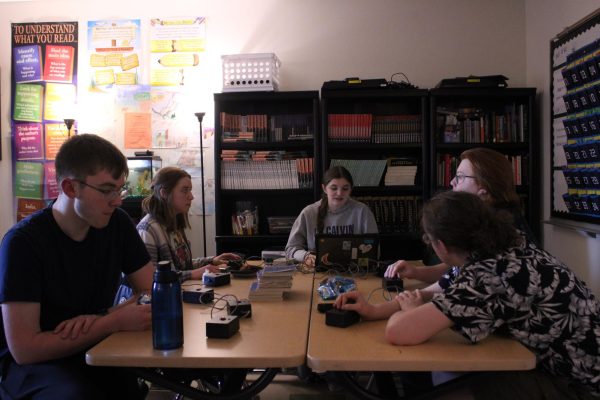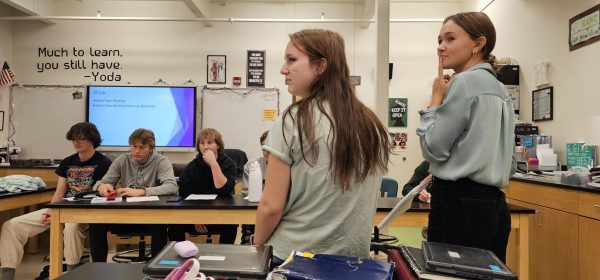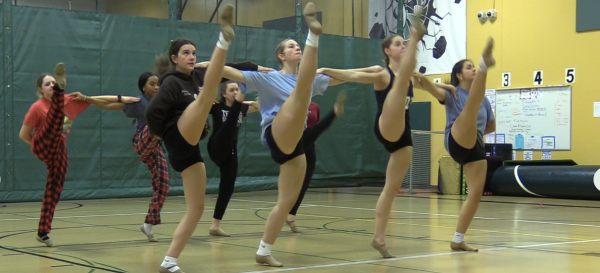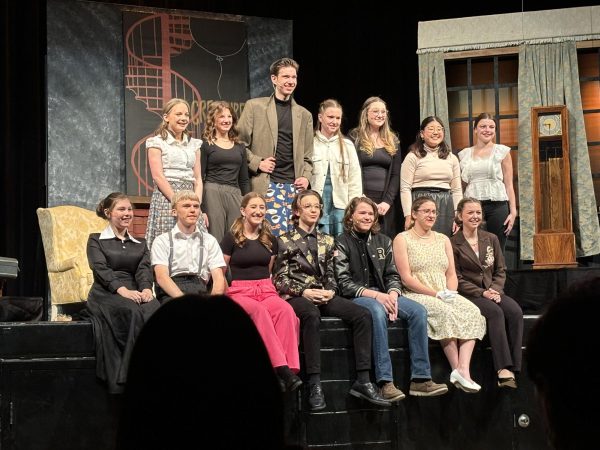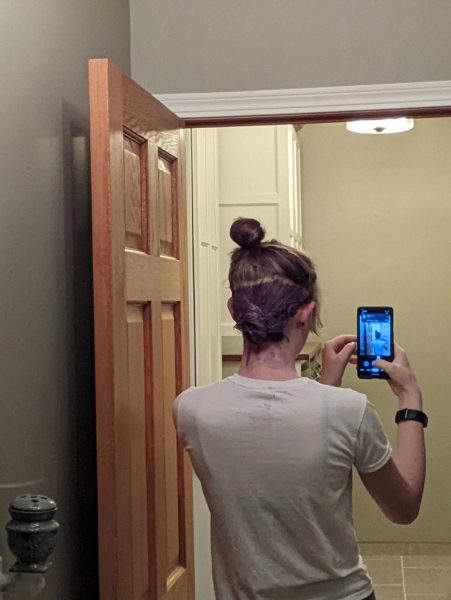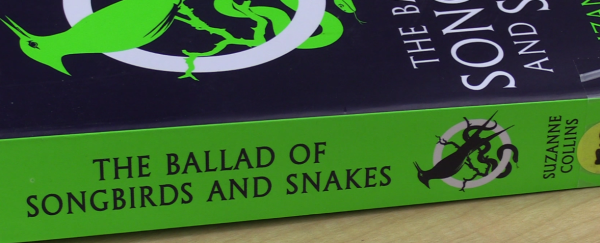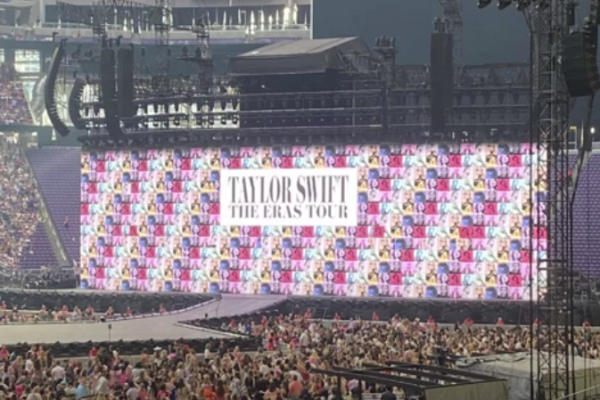Environmental science; the theories of growing plants
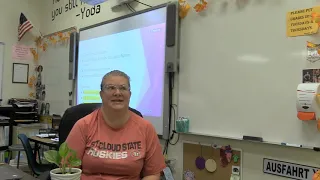
November 22, 2022
With many fun classes offered at spectrum come many fun projects and assignments, and Mrs. Mollet’s environmental science class is one of them. “I’m hoping to have students test these plants and see what variables affect plant growth, Mrs. Mollet.” When You think about something and become creative You can come up with really good Ideas. “I’d just thought of it, I was like this would be kinda cool fun thing plus it was a fun thing for students to kinda generate the lab, and it was different instead of following a cookbook recipe type that some labs can be so this was more of what they are interested in testing and learning about and so they picked the variables and are testing those and I thinks its kinda cool, Mrs. Mollet.” When trying new experiments You can never expect what’s going to happen. “this is actually the first year we are doing this lab, we did a plant lab last year trying to grow plants with seeds and testing seeds with lights and dark, and the students really liked that so I wanted to go even further with the actual plant growth and we’re using basil and lettuce so if they do grow it could be something we can actually like take home and use as well, Mrs. Mollet.” There can always be excitement in trying new things. “yeah so during quarantine I became really interested in plants and growing plants so I know students also got into plants so they really like plants and it’s real life so you can actually see your results, Mrs. Mollet.”
We all know how to grow a plant, but there could be other ways in which a plant can grow. “The students picked their variables, we made a list of variables on the board and everyone had to pick a different variable to test. So there are students who are testing whether natural light vs. artificial light, the amount of water when to water, size of the pots, and another group is testing music if that plays a role in plant growth so no music or only classical music and the third plant has to listen to pitbull, and the last group is testing about talking to plants. So they have 1 plant where they only tell them scientific facts, another plant they only tell positive things, and another plant where they yell at and say negative things to see if it changes how it grows, Mrs. Mollet”.
You should always try and find the positives in every situation even if the situation isn’t necessarily negative. “I think watching the students get excited and seeing how excited they were. We started the seeds in paper towels and we used black zip-lock baggies you could see them sprouting and all the seeds sprouted so they were excited about that and then kind of watching the set up their labs, especially the box that got made to contain the artificial light. It was kinda fun to see them get excited about a lab they created Mrs. Mollet.” Not all projects have to be boring, just try and be creative and you might find that you actually enjoy what you’re doing. Erin and Josh NOISE news.

